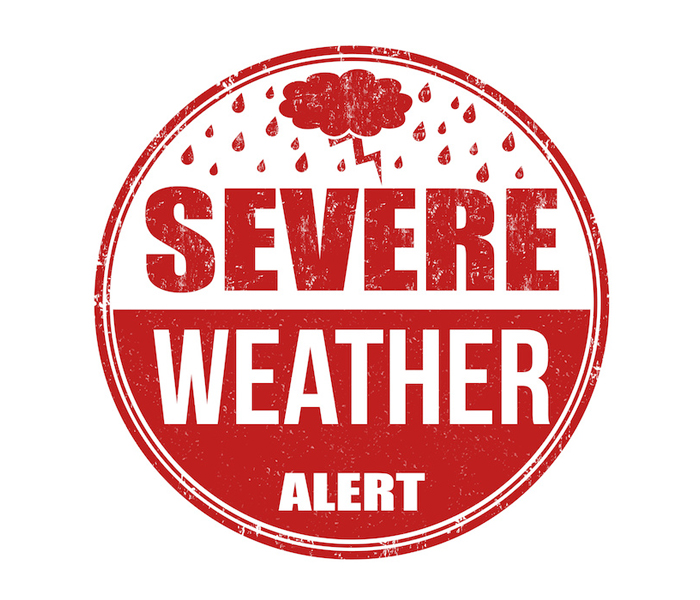Storm Alerts Can Help You Safeguard Yourself & Your Home | SERVPRO® of New Center/Highland Park

There are around 42 distinct kinds of weather warnings, categorized into seven different groups. But when a major storm is approaching, knowing all of this information might be overwhelming!
Knowing what an advisory means for our specific location can help you to take necessary precautions. You can also prepare your home to best protect your family and your belongings.
While being aware of any and all weather situations is helpful, it’s important to know what kind of weather may have the most impact on our community here in Highland Park.
How Alerts Are Issued
So, how are these weather advisories issued to begin with? How is the strength, position and duration of a storm monitored if these forecasts are merely predictions? Many different kinds of data impact why alerts may be issued.
The National Weather Service forecasts impending weather conditions and issues weather alerts as they arise. There are six regional locations across the country, along with local offices that send out these warnings, which allows alerts to be more localized. Highland Park’s notifications are sent through the Central Region headquarters in Kansas City, Missouri, along with nearby offices.
Meteorologists and other members of the team at NWS use many kinds of data to develop these forecasts, like satellite radar, ocean buoys, weather balloons and even solar activity. While the kind of information used varies according to the intensity of a weather situation, the goal is to ensure these forecasts are as detailed and precise as possible.
The Most Important Alerts to Understand
Understanding the distinction between a “watch” and a “warning” is critical to interpreting these alerts. This is the terminology that practically all weather warnings utilize, including those for thunderstorms, winter storms and flooding.
A watch means that weather conditions are developing and you should take the appropriate preparations to prepare for any type of weather event. Watches are issued within a larger area, while a warning is issued in more specific areas like a county or city. A warning means that danger is on its way and precautions need to be taken immediately to protect your family.
Knowing what type of weather may touch down in your neighborhood is helpful as well, so you can determine what these warnings may mean for you and your home and what precautions you should take. Highland Park gets about 60 inches of snow per year, with the majority of it coming from the Great Lakes. Because of that, Highland Park is subject to a number of snow watches and warnings throughout the year.
Protecting Your Home During a Storm
Being able to understand what weather warnings may come your way is the best method to protect yourself and your home before a severe storm. But there are also a few steps you can take to reduce the risk of property damage.
Clearing your gutters of leaves and other debris and fastening any outdoor furniture are two ways you can prepare ahead of storms to minimize flood damage and wind damage. Find a safe shelter with supplies and have an evacuation plan for your family in case you need to flee.
If a severe storm leaves your home in need of repairs, our SERVPRO team can handle it. We can inspect the damage and restore your home to its pre-disaster condition.
Being weather-aware is the smartest way to stay safe in the eye of severe weather. You should understand the many types of alerts that may be sent in our area so that you are prepared to deal with any form of emergency that strikes your neighborhood.
Experienced storm damage to your home or property? Contact us today for a quick response!
